State Performance Plan 2005-2012 - Part B - Arkansas Department Of Education Page 28
ADVERTISEMENT
 1
1  2
2  3
3  4
4  5
5  6
6  7
7  8
8  9
9  10
10  11
11  12
12  13
13  14
14  15
15  16
16  17
17  18
18  19
19  20
20  21
21  22
22  23
23  24
24  25
25  26
26  27
27  28
28  29
29  30
30  31
31  32
32  33
33  34
34  35
35  36
36  37
37  38
38  39
39  40
40  41
41  42
42  43
43  44
44  45
45  46
46  47
47  48
48  49
49  50
50  51
51  52
52  53
53  54
54  55
55  56
56  57
57  58
58  59
59  60
60  61
61  62
62  63
63  64
64  65
65  66
66  67
67  68
68  69
69  70
70  71
71  72
72  73
73  74
74  75
75  76
76  77
77  78
78  79
79  80
80  81
81  82
82  83
83  84
84  85
85  86
86  87
87  88
88  89
89  90
90  91
91  92
92  93
93  94
94  95
95  96
96  97
97  98
98  99
99  100
100  101
101  102
102  103
103  104
104  105
105  106
106  107
107  108
108  109
109  110
110  111
111  112
112  113
113  114
114  115
115  116
116  117
117  118
118  119
119  120
120  121
121  122
122  123
123  124
124  125
125  126
126  127
127  128
128  129
129  130
130  131
131  132
132  133
133  134
134  135
135  136
136  137
137  138
138  139
139  140
140  141
141  142
142  143
143  144
144  145
145  146
146  147
147  148
148  149
149  150
150  151
151  152
152  153
153  154
154  155
155 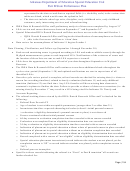 156
156  157
157 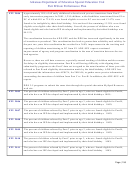 158
158  159
159  160
160  161
161  162
162  163
163 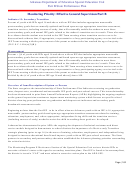 164
164  165
165  166
166  167
167  168
168 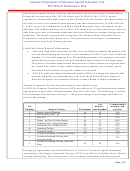 169
169  170
170  171
171  172
172  173
173  174
174 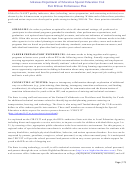 175
175  176
176 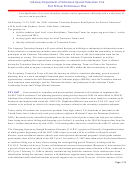 177
177  178
178 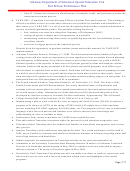 179
179  180
180  181
181  182
182  183
183  184
184 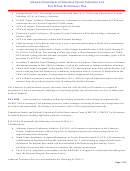 185
185  186
186  187
187  188
188  189
189  190
190  191
191  192
192 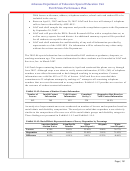 193
193  194
194  195
195 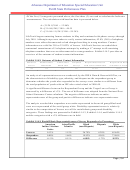 196
196  197
197 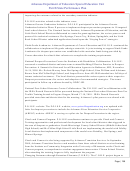 198
198  199
199  200
200  201
201  202
202  203
203  204
204 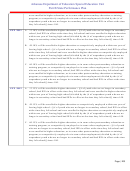 205
205  206
206  207
207  208
208  209
209  210
210  211
211 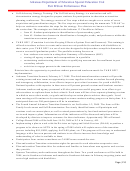 212
212  213
213  214
214  215
215  216
216  217
217  218
218  219
219 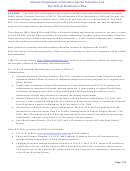 220
220  221
221  222
222  223
223  224
224  225
225 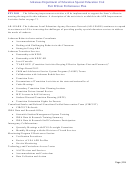 226
226  227
227  228
228 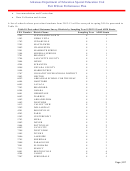 229
229  230
230  231
231  232
232  233
233  234
234  235
235  236
236  237
237  238
238  239
239 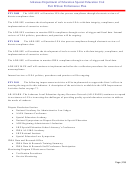 240
240 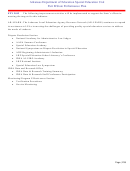 241
241 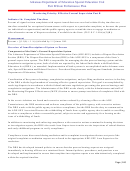 242
242  243
243  244
244  245
245  246
246  247
247  248
248 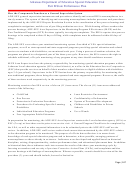 249
249  250
250  251
251  252
252  253
253  254
254  255
255 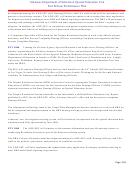 256
256  257
257  258
258  259
259  260
260  261
261 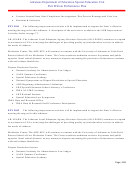 262
262  263
263  264
264 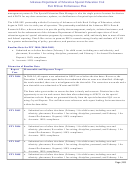 265
265  266
266  267
267  268
268  269
269  270
270  271
271  272
272 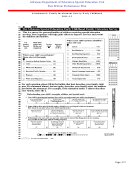 273
273  274
274 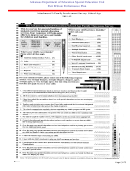 275
275  276
276 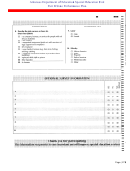 277
277 Arkansas Department of Education Special Education Unit
Part B State Performance Plan
identify and braid individual funding streams targeted to serving these youth. There is no blueprint to guide
local areas that are ready, willing and able to begin co-locating and integrating services.
One of the products of this activity will be the development of a State Resource Map for identified agencies
serving Arkansas youth between the ages of 14 and 30. For a student to graduate and to have a good
experience in the world of work, the amount and type of preparation that leads to employment can make the
difference between success and failure. The changing nature of the job market makes employment more
difficult to obtain without specific skills. There are many resources available to students, teachers,
counselors and transition coordinators to aid in the postsecondary and career planning process. The problem
is that the resources lack integration and are often not user-friendly. Through the Academy, Arkansas hopes
to create a comprehensive, integrated and self-directed tool for the student that interfaces aptitudes as
determined from test scores and grades, interests, and skills with current Labor Market Information and
Occupational Trends. By matching individual skills and aptitudes with career educational and skill
requirements, youth with disabilities will identify realistic career goals, including entry into postsecondary
educational settings.
The CIRCUIT service request process will be expanded to offer earlier interventions for students at risk of
dropping out. will expand to offer greater interactivity between state-level and
local education and employment personnel.
Today all students are expected to graduate from high school. Yet, hundreds of thousands in the United
States leave school early each year without a diploma (National Center for Education Statistics, 2002).
Researchers have identified ninth grade as the most critical point to intervene and prevent students from
losing motivation, failing and dropping out of school. According, to the 2005-06 dropout data from the
State’s Student Information System (SIS) 1,018 ninth graders did not re-enroll for the 2006-07 school year.
Based on the present data, a longitudinal cohort of ninth graders will be established beginning with the
2007-08 school year and will be known as the Changing Outcomes through Retention Elements (C.O.R.E.)
project. C.O.R.E will include all public school districts, open-enrollment charter schools, and state-operated
educational programs. Student performance data will be collected through the SIS in November 2007 for the
identification of students failing one or more classes during the initial grading period. Districts, working
with the P.O.I.S.E. Technical Advisory Teams, will administer universal interventions (Response to
Intervention) for a period of time not to exceed 10 weeks. A second student performance data collection will
be conducted through the SIS on February 15, 2008 to identify students having failed the semester. Once
students have been identified as failing the semester, districts will administer targeted interventions
(Intervention Prevention) with additional individualized student-centered supports not to exceed 20 weeks.
All interventions will be tracked to determine effectiveness to student performance. The P.O.I.S.E.
Technical Advisory Teams will coordinate interventions based upon disaggregated data.
The Secondary Transition Team will provide training on effective transition planning, person centered
planning, how to write meaningful transition plans, assistive technology, and technical assistance
opportunities; continue the Self-Determination in Arkansas project (SDAR); host the Transition Summit,
local transition team meetings, and the Transition Institute; and participate in the Arkansas Youth
Leadership Forum and College Bound Arkansas.
State partners in secondary and postsecondary education will continue to implement the
FFY 2007
NASET Self-Assessment Tool planning priorities strategies developed in 2005-06 and refined in 2006-07.
Page | 26
ADVERTISEMENT
0 votes
Related Articles
Related forms
Related Categories
Parent category: Legal









